I went to my first homeschooling convention this past weekend. I learned some good stuff, got lots of cheap used books, and bought a few new manipulatives for our school room.
I had a really good time. Most of the workshops I attended were quite informative.
Surprisingly, the workshop from which I got the least amount of useful and practical information was the one focused on homeschooling 3, 4, and 5 year olds.
Kind of odd, since this is the only age group within which I do homeschool, but whatev.
I think the reason for this is that lots of people hold very strongly to their opinions that preschoolers should not be “schooled” at all. That our society pushes too much formal learning onto kids too early. That preschoolers should do all their learning through play. That kids should not be pressured to learn letters and begin reading before kindergarten, or even later.
The presenter at the conference cited lots of information on the importance of play and quoted one article as saying that the optimal age for children to begin formal education is around age 8 (I think that was the age she said… it was somewhere around there).
So, needless to say, the presenter didn’t have much to say as far as suggestions for fun things to do in homeschool for preschool-aged kids. Mostly she just said “play.”
And that’s cool. I actually agree with her to an extent, though I was really hoping for some fun new ideas (I did get some from a session by a music therapist!).
I know that the most important ways for kids to learn in the preschool years are through play and being read to. I think art and music are also critical. And I do also believe that too much emphasis is being placed nowadays, in many settings, on teaching young children through rote memorization with things like flashcards and worksheets and drilling facts.
BUT, I also think there can be a happy medium. I think it’s okay to teach kids their letters and numbers and colors and shapes when they’re little. I think it’s okay to have a little bit of “school time” when kids do somewhat more formal learning activities, though I wouldn’t necessarily choose for these activities to be flashcards or worksheets most of the time (but occasionally these can be fun too).
I’ve spent the past six months or so trying to figure out how to do homeschool preschool in a way that works best for us. For me. For my kids. For our schedule. I’ve refined my “method” several times during this time. I’m happy with the way we do things now.
So in case you’re wondering, here it is:
I start by picking themes, or units, for our school based on what is going on around us or what my girls are interested in. Then I pick a letter to go with the theme. For example, we’ve done “G is for Groundhog” for Groundhog Day (still one of my favorite weeks), “L is for Leprechaun” for St. Patrick’s Day, and “C is for Clown and Circus” the week before we went to the circus. Recently we did “R is for Rainbow” and now we’re talking about weather and doing “U is for Umbrella.” Next up, by request from my girls, is “I is for Insect” (I would have done B is for Bug, but we already did “B is for Bunny” at Easter).
Our units last as long as I need them to, not just a week. Usually the length of time of a unit is dictated by how many books we have to read and how many days per week we do school. Sometimes external factors come into play too, like when we only had a week after “B is for Bunny” and “E is for Easter” (did two letters for that one, sometimes we get all crazy up in here) and before we went to the circus, so we did our entire circus unit mostly in one week. But I usually try not to rush through a unit.
Once I have a theme in mind, I search for books to go with it and put the books on hold at my library. I get lots of books for each unit!
Then I start combing Pinterest and my favorite homeschooling blogs (like this one and this one) where I get lots of free downloads. I find activities to focus on our letter as well as doing some counting, patterning, sequencing, sorting, etc. I print tons of pages, laminate most of them, and cut them up as needed. I have a slight obsession with my laminator and magnet tape.
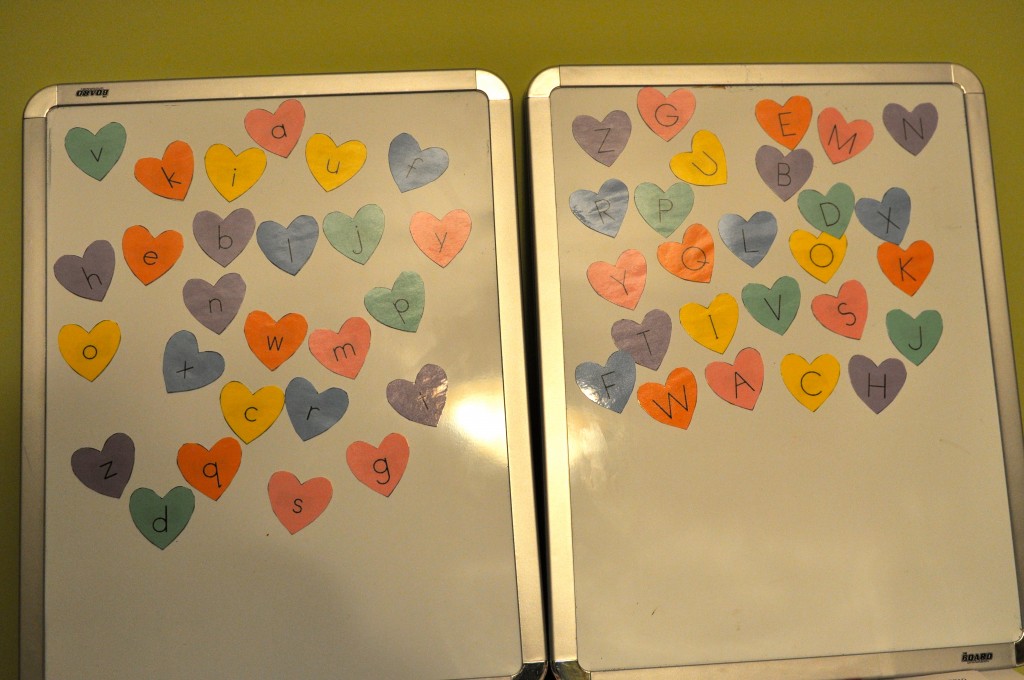 I find a few craft activities for each theme and try hard not to over-manage their projects.
I find a few craft activities for each theme and try hard not to over-manage their projects.
We do some experiments if applicable. Today we talked about clouds and the water cycle and experimented with using droppers to drip water onto a cotton ball to see how much water it could hold before beginning to “rain,” for example.
We “do school” several times a week, though not every day, usually in the morning.
We generally spend about an hour on school activities, sometimes a little more if we’re really into an art project or something.
We start our morning with the Pledge of Allegiance.
Then we do circle time, which for us consists of going over our calendar, talking about the weather, doing the nursery rhyme and/or song that goes with our theme, reviewing our letter and its sound, and talking about any other interesting info related to our topic. I have a white board with the letter, rhymes, and other facts written on it.
We read 2-4 books related to our topic each day at the end of circle time (I try to do a mix of fiction and nonfiction) and sometimes do felt or magnet board activities with them. My girls really love these, so we often do them repeatedly throughout the time we are focusing on a certain theme. For example, at St. Patrick’s Day time, we did a magnet board activity almost every day while reading “There Was an Old Lady who Swallowed a Clover” (and the same thing with “There Was an Old Lady Who Swallowed a Chick” at Easter time). The girls had the Old Lady and each of the things she ate, and they took turns placing her/them on the magnet board as I read the story.
Right now we’re reading Jan Brett’s “The Umbrella” and putting up each of the animals in the story onto the felt board as we read the story. Every. Day. They even play with the animals and the felt board when we aren’t doing school time!
After circle time the girls sit at their table and do various activities. Miss gets really excited about this part. Lass is sometimes less enthusiastic. This is where things get a little tricky for me, because each of the girls always wants to do what the other is doing, but Lass has a hard time with some of the things I have for Miss to do.
So I just try to have a good variety of things, with puzzles, counting, patterning, sequencing, sorting, and some writing practice. I only ask Lass to do the most simple prewriting activities and if she’s not into it, I let it drop. With other writing worksheets she just colors. It usually works out pretty well.
I have learned the beauty of the cookie sheet and magnetic tape or these colorful little round magnets. Magnetic tape holds puzzle pieces in place to keep perfectionistic girls from freaking out when they won’t stay just so. These little round magnets on various printed designs are one of Lass’s favorite activities to do.
The trick is to find activities that challenge them enough that they feel accomplishment, but not so much that they get stressed out and frustrated. That is my goal with all of the “school stuff” I have them do.
Sometimes I find the perfect activities for them (like the magnets for Lass). Sometimes I don’t get it right, like the time I had Miss adding by counting pictures and writing the number of the answer at the end. She had no problem counting and adding to get the right answer, and seemed to enjoy that part. But she wasn’t ready to freehand write the numbers in for the answers (she’s still working on tracing them), and she and I got quite frustrated by that one. For subsequent activities like this I have printed numbers for her to place in the answer space, or let her use numbered blocks, etc.
I try to keep our school time fun and minimize the frustration. If one of them is hating an activity and my coaching them on it isn’t helping, I usually try to set it aside and move on to something else or call it good for the day.
I don’t always get this right. Sometimes I start to think one of them is being lazy and not really trying to do something I know she can do. So then I start pushing her to do it. As you can imagine, this never turns out well. I usually end up mentally slapping myself and regrouping. Often I end up apologizing. I always end up reminding myself to try not to be a jerk.
But my point is, most of our day is spent reading and playing. The girls have tons of time for free play.
But they actually love having “school time” too. Miss asks for it frequently. They seem to enjoy the activities we do, the books we read, the crafts we make. They learn stuff. And so do I.
I like our balance. It works for us.
What are your thoughts on preschool? How do (did/will) you do preschool with your kids?
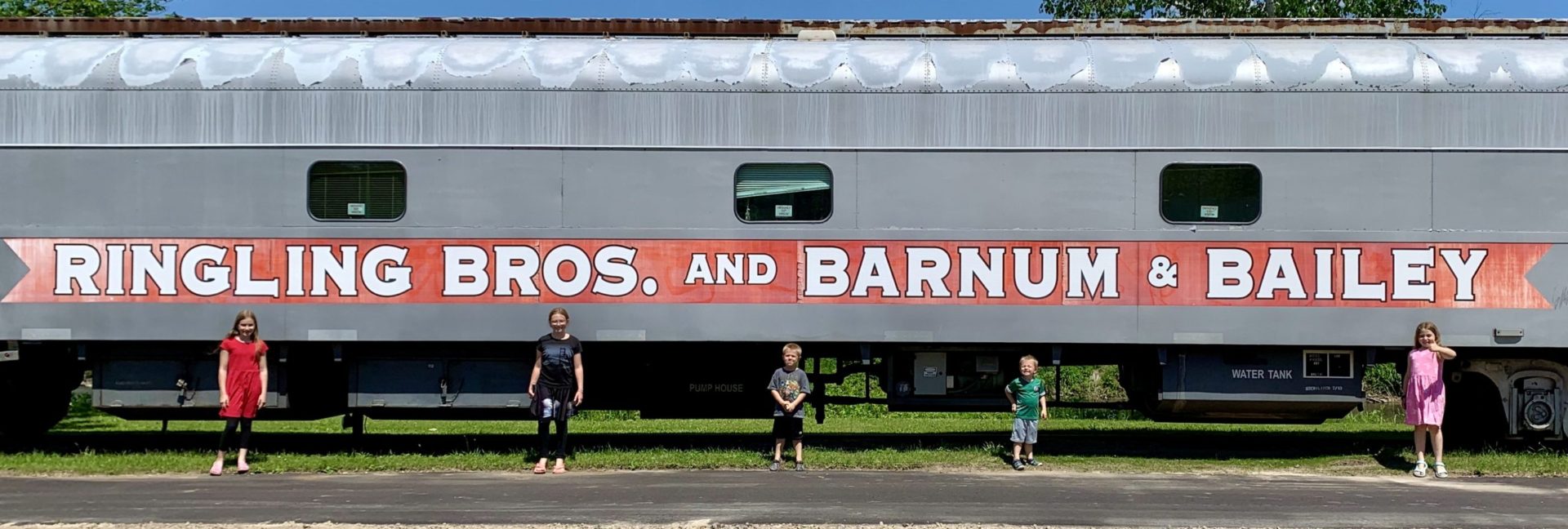
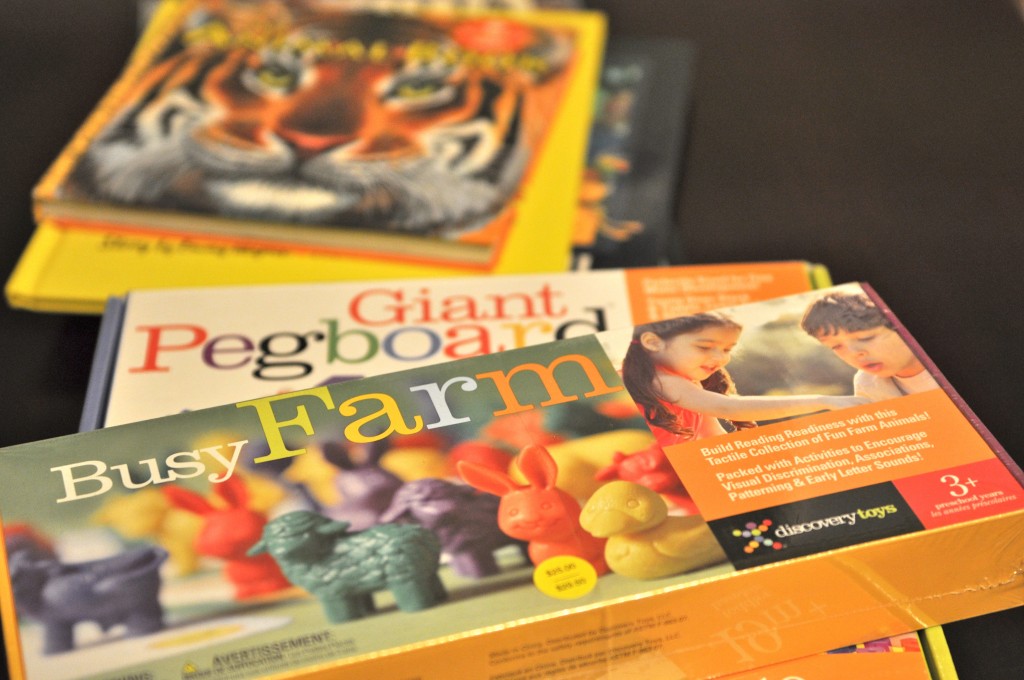
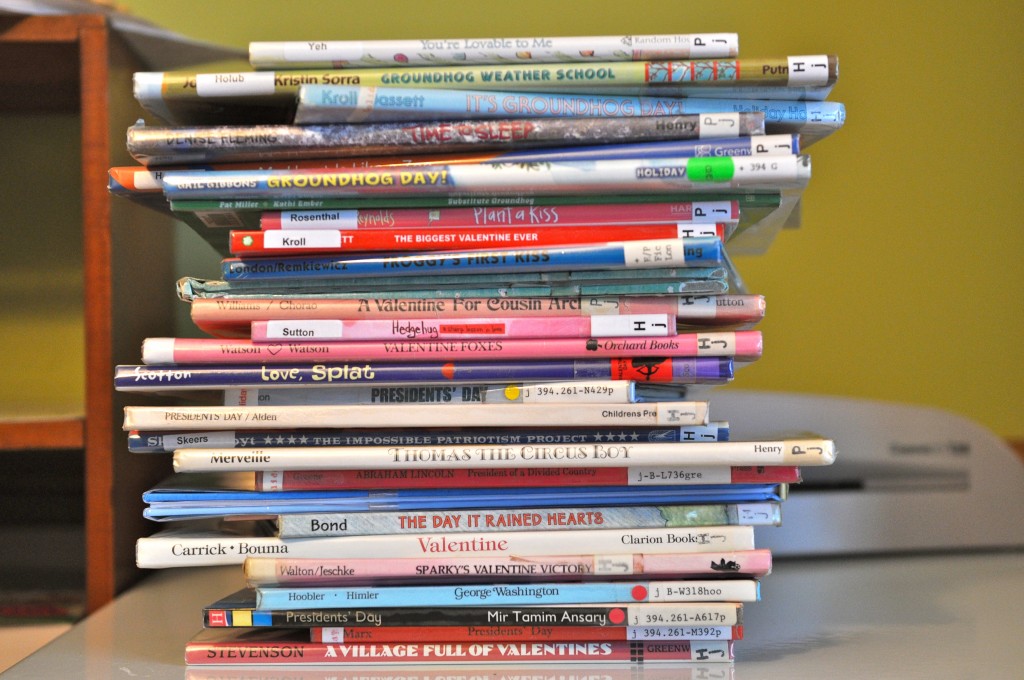

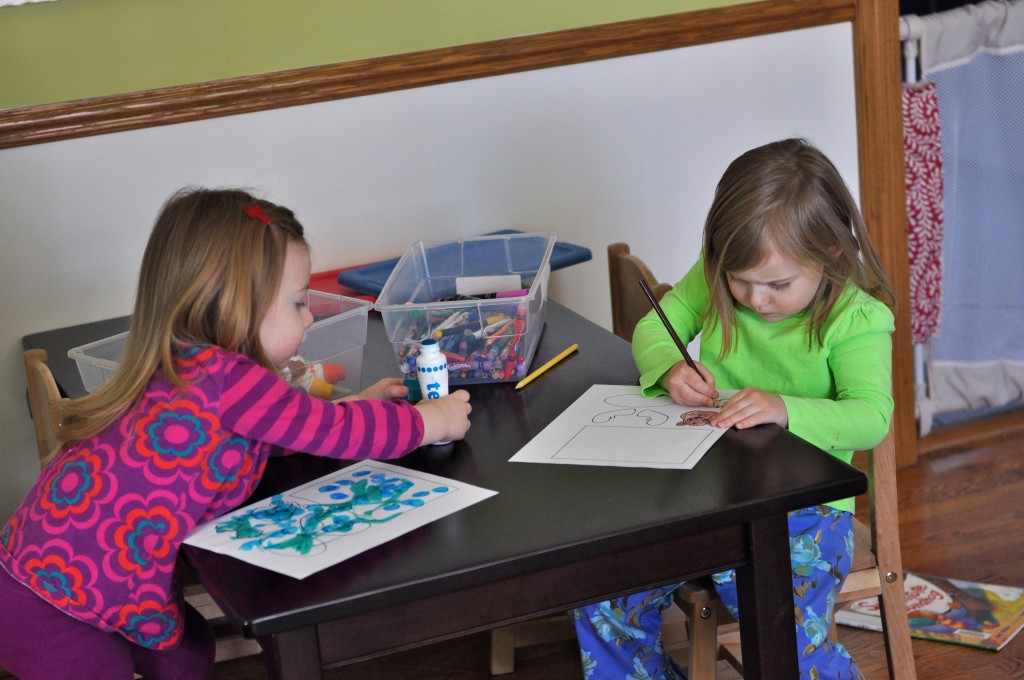
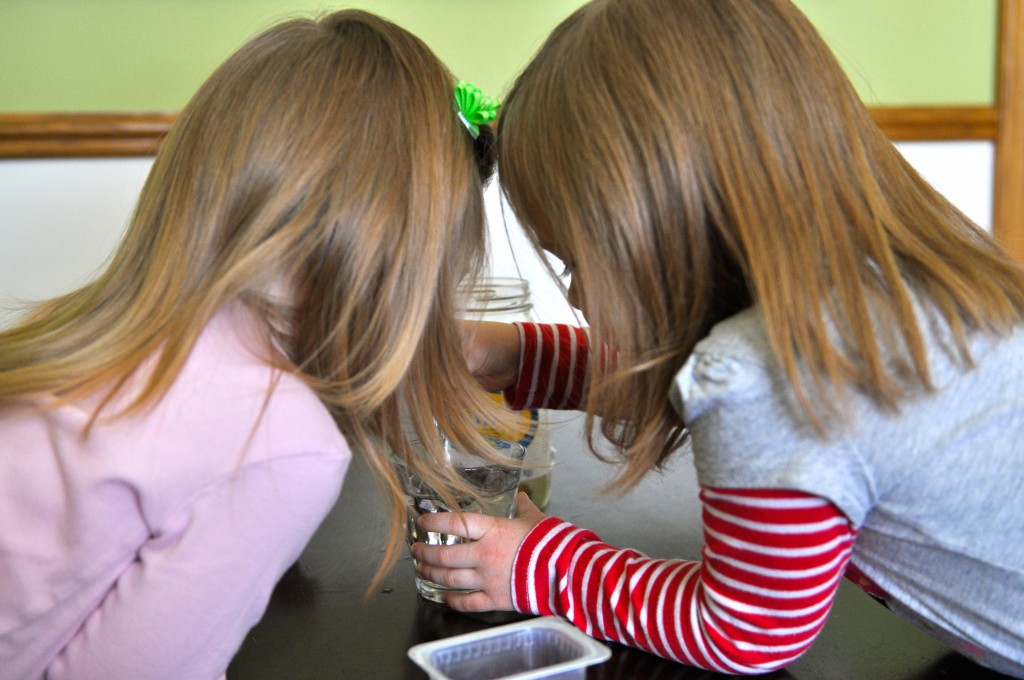
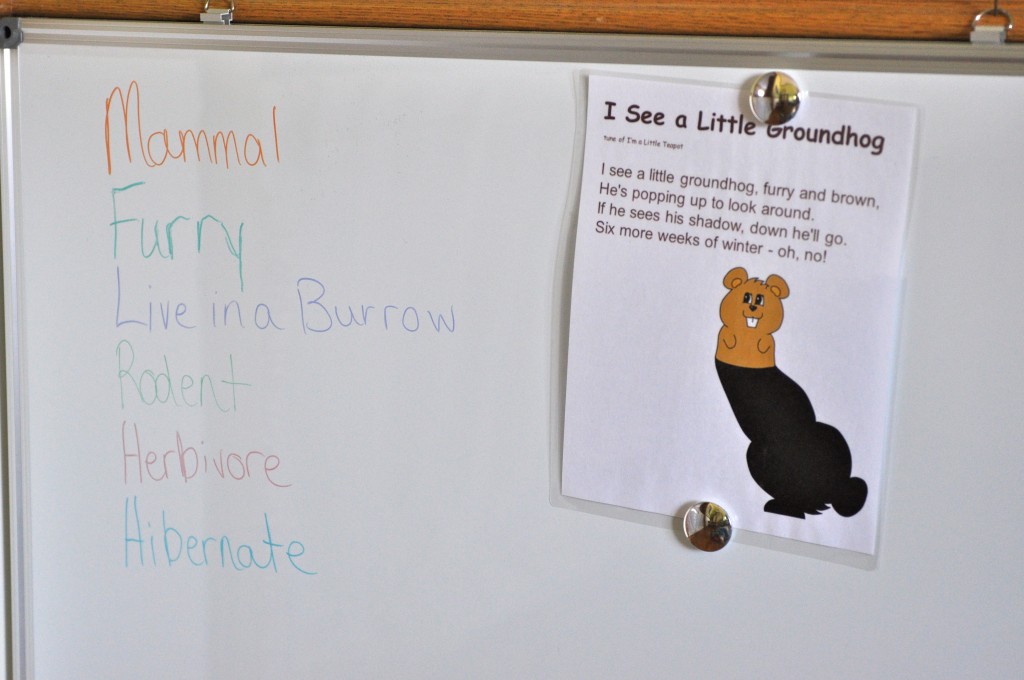

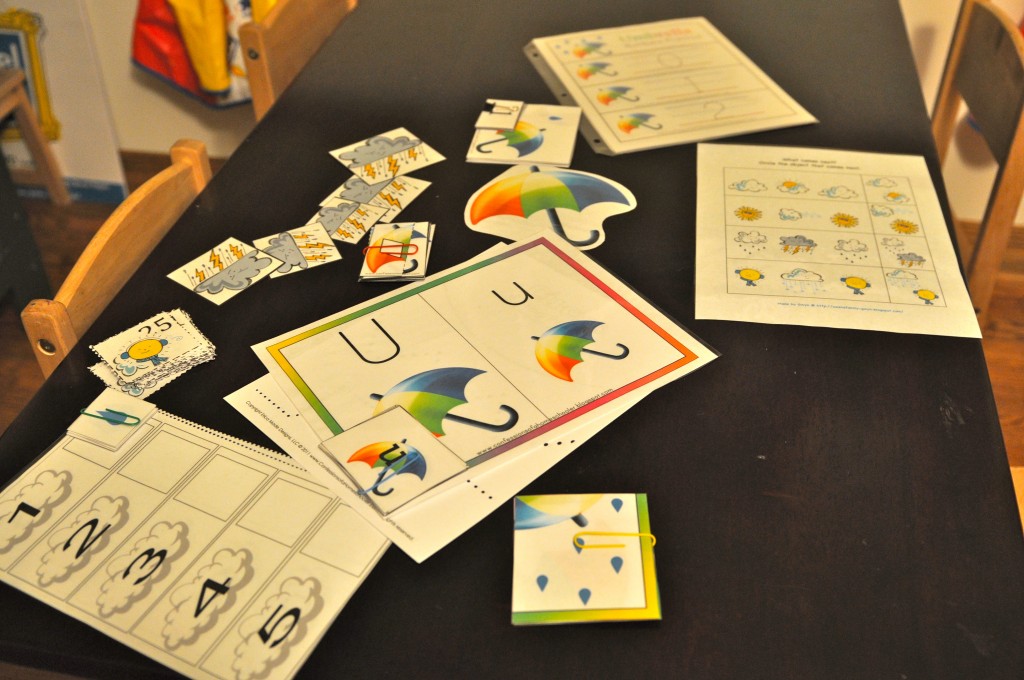


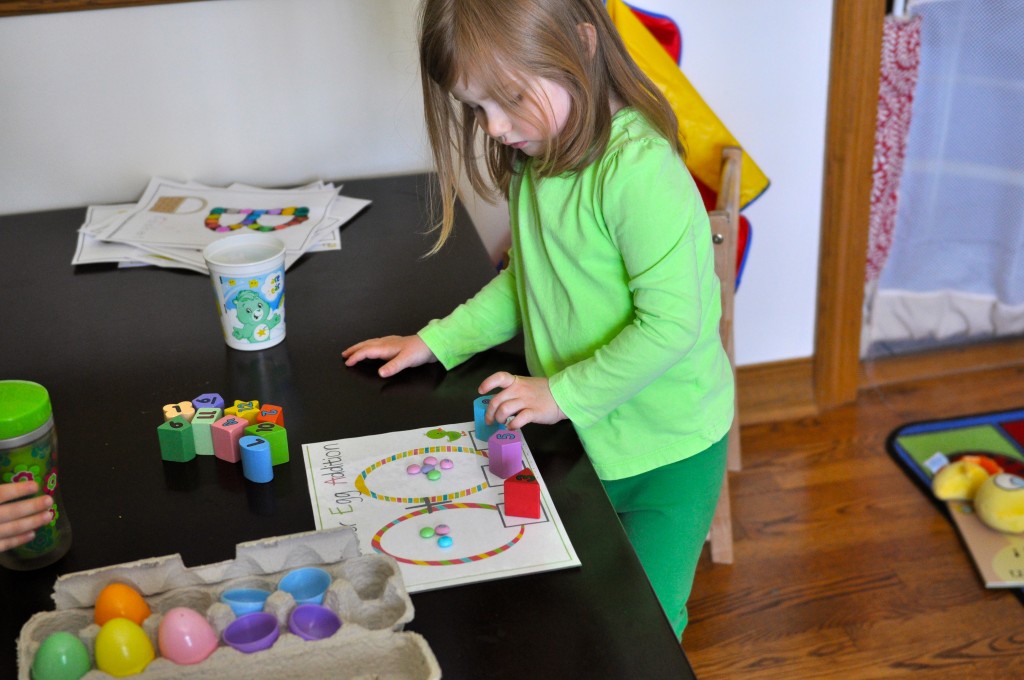

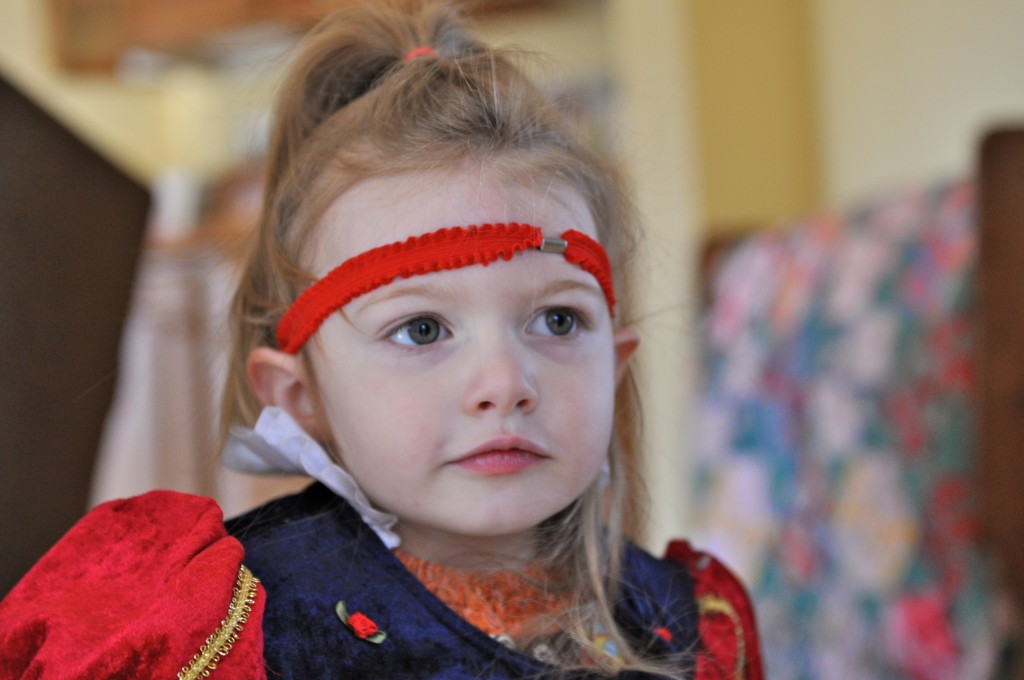
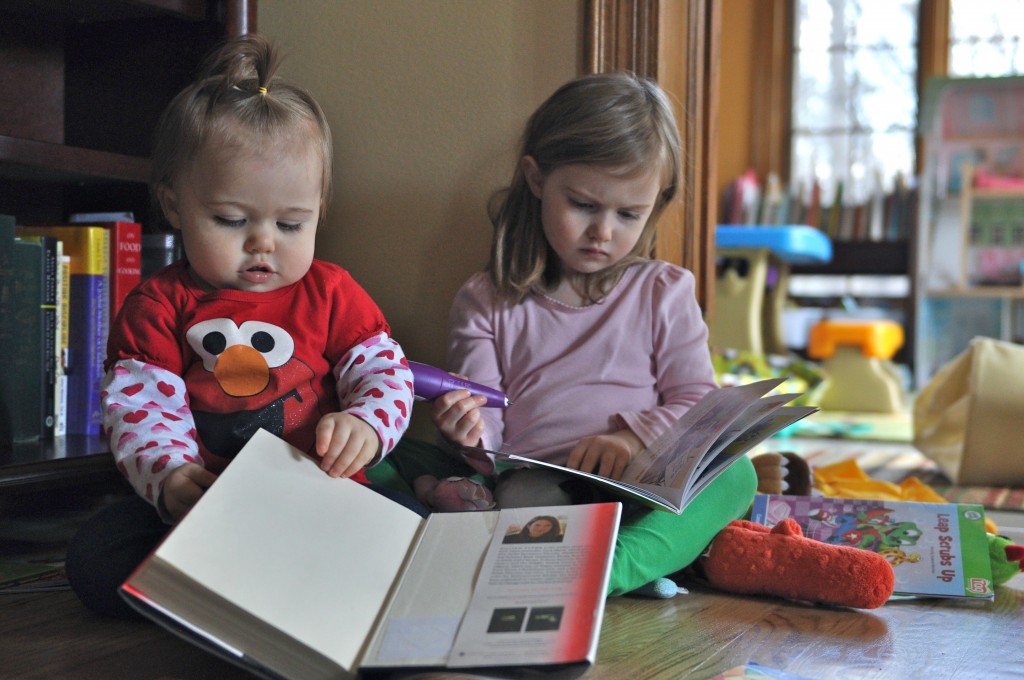
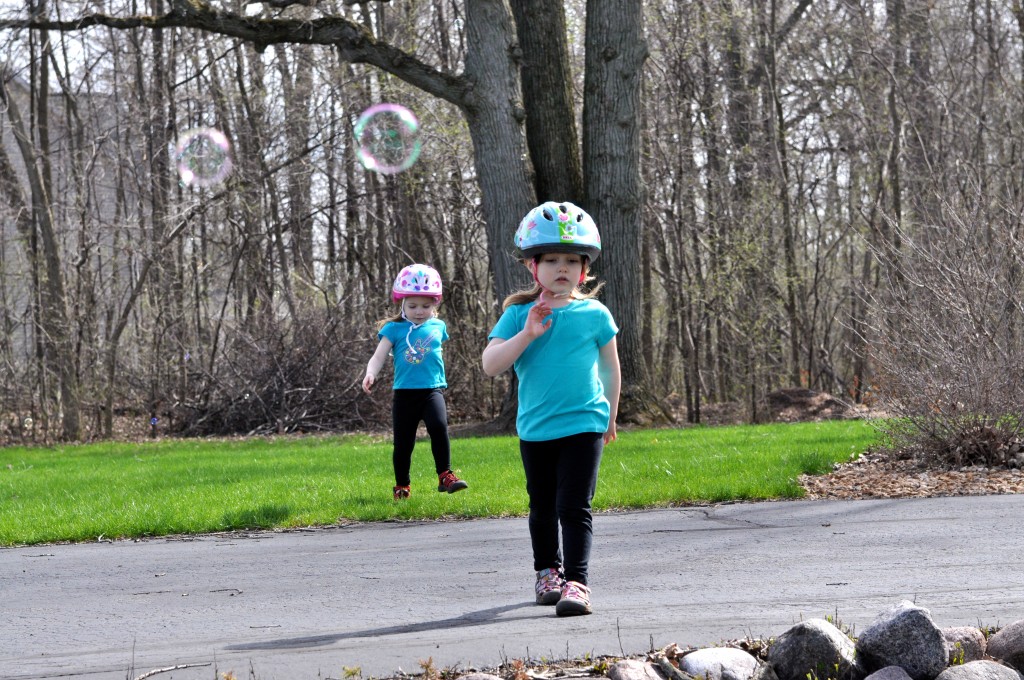
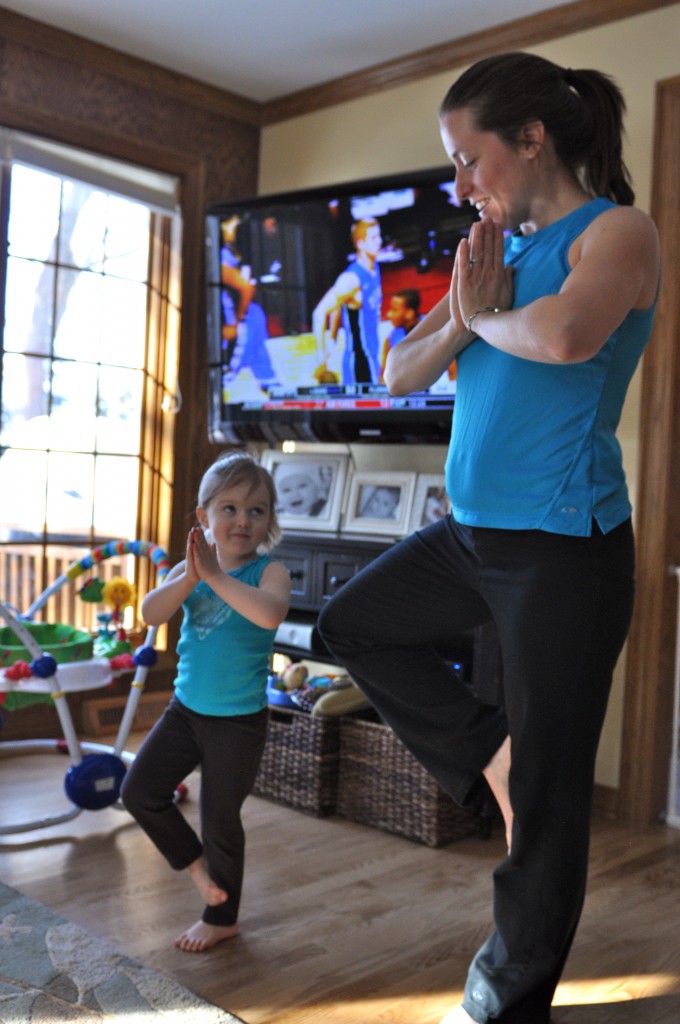

I love this! I think you hit the nail on the head when homeschooling your girls. I to, believe that there should be a medium to schooling a preschooler. They need playtime but they also need instruction. There has to be a balance in between freedom and discipline. They won’t learn if they are not interested and it’s not fun, but they also need to learn (or practice) sitting and having a work time . The most important thing that we do is making whatever we do work for us. Our 5 year old wants to do everything the older kids do, so she does, on her level. She also has a ton of energy, and her sitting period is limited. So , she gets a trampoline to bounce on while the other kids are getting instructions. When our now 8 year old was 6-7, she used a yoga ball when doing her work. She learned math by bouncing! She hasn’t used it this year because they change, therefore I change. We work. My second daughter isn’t into crafts as much as the others, , she likes book work and reading, so that is what she does. I don’t try to change them, I change there school to fit them. After 7 years of homeschooling I have learned to make a plan, but plan on not using it and finally after 7 years I have learned that it is ok not to follow the plans or rules. We take field trips and play dates and do lots of sports, my girls love sports. They are happy and so am I. I took class after class, listened to compliments and criticism trying to find the perfect way, but at the end of the day, there is no perfect. I rely on fellow homeschoolers (and Pinterest) for ideas (and sanity). We have a local homeschool group that meets twice a month. The kids play and learn new games and activities and I learn new tricks and tips. It’s a great resource to have and I am so thankful for it and recommend joining a local co-op to anyone. You are doing a great job! I enjoy your blog and your thoughts, ideas, and sweet pictures of your girls. Keep up the great work.
and finally after 7 years I have learned that it is ok not to follow the plans or rules. We take field trips and play dates and do lots of sports, my girls love sports. They are happy and so am I. I took class after class, listened to compliments and criticism trying to find the perfect way, but at the end of the day, there is no perfect. I rely on fellow homeschoolers (and Pinterest) for ideas (and sanity). We have a local homeschool group that meets twice a month. The kids play and learn new games and activities and I learn new tricks and tips. It’s a great resource to have and I am so thankful for it and recommend joining a local co-op to anyone. You are doing a great job! I enjoy your blog and your thoughts, ideas, and sweet pictures of your girls. Keep up the great work.
Great article. More parents need to know about this and what a fun learning exercise it is for their Kids.
I’m not a big fan of home school, maybe because I need to work and I’m unable to do it. Either way, I understand why people do it. I think social skills are at least as important as academic and I worry with home school only, my kids are missing out on some of the social aspects of school. Granted, the social environment is not all good, but my kids need to learn to be strong people and deal with tough social situations. It only gets more difficult as an adult.
Kids can learn to read at different ages. But if given the right stimulus, kids will amaze you with what they respond to. All my kids responded well to learning to read with phonics.
My kids all learned to read early with phonics. One started at 20 months, but he was exceptional. The others were plenty interested in my reading games by age 3.
I could not afford preschool for my kids. But I found some programs that helped me give them a head start before kindergarten.
I got my kids started early to read…before they ever entered kindergarten. I can’t overstate how much it helped their overall confidence level in all subjects. My boy started reading at age 3. As he entered first grade and they told me he was reading on the 5th grade level. Kids love reading when they can learn with no pressure.
Diana S.
http://www.Early2Read.com